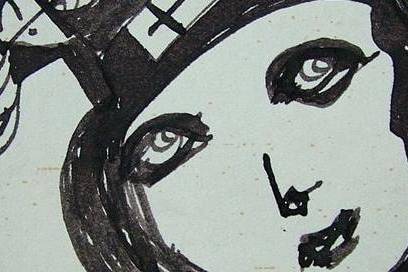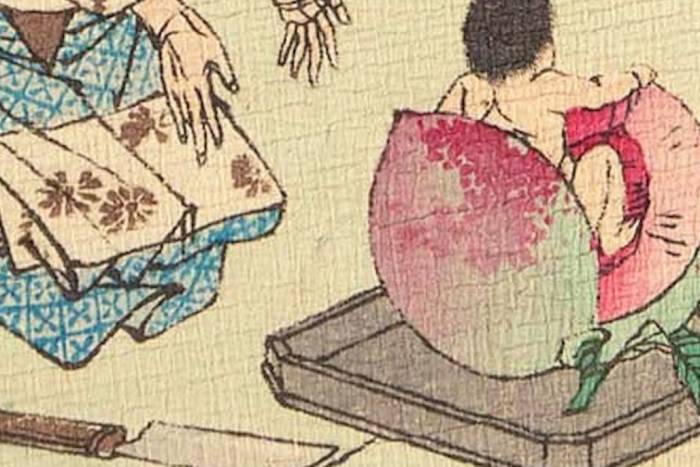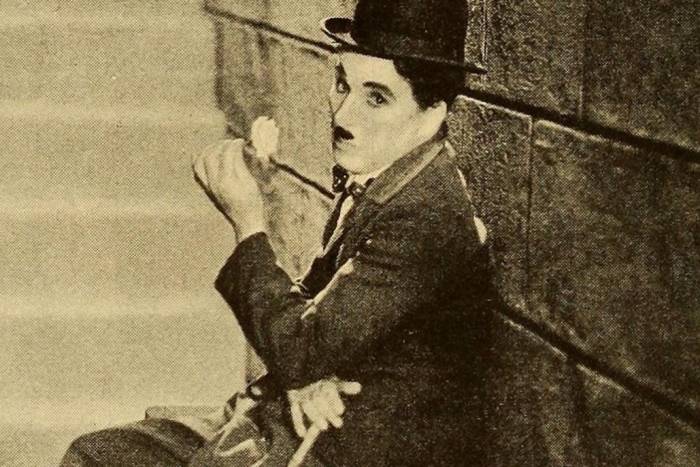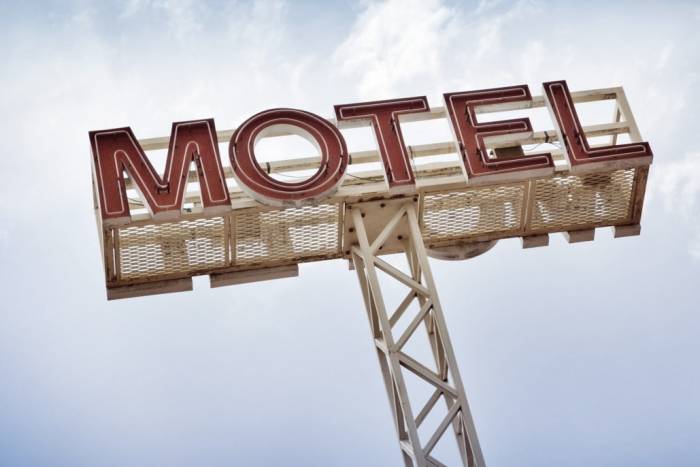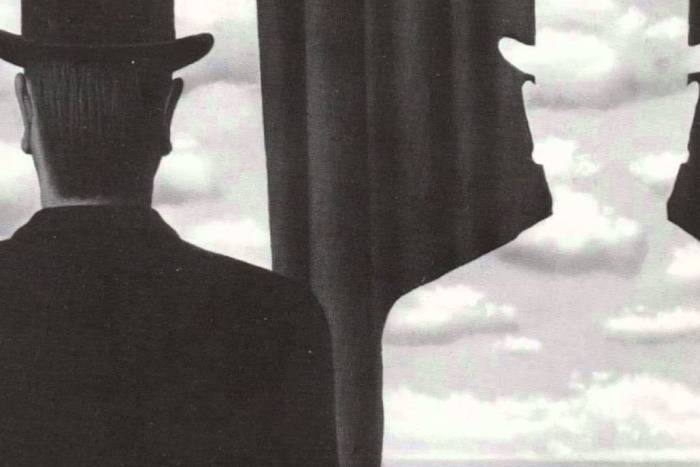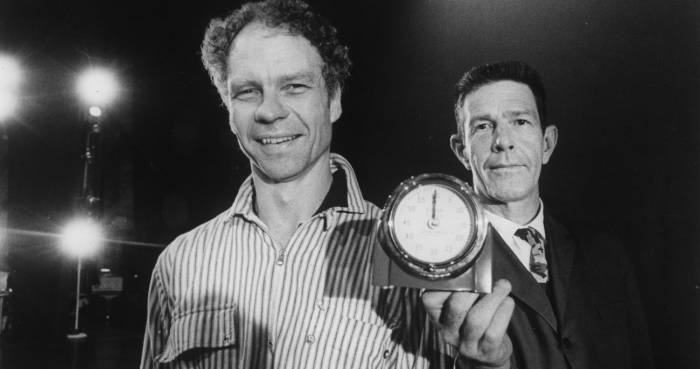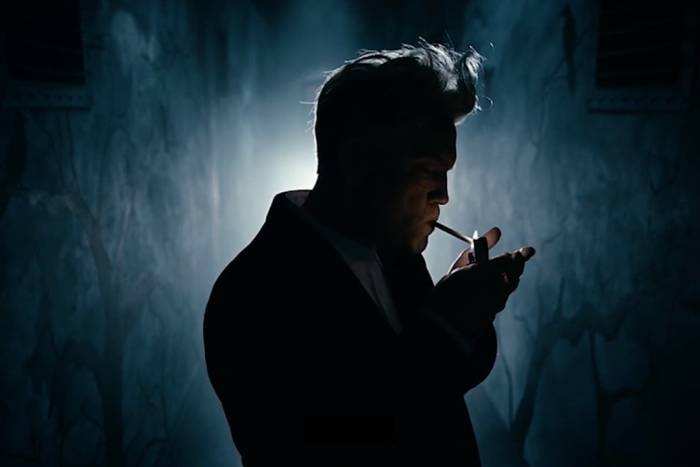The Mira Calligraphiae Monumenta: An Artifact Somewhere Between Painting and Writing
The union between word and image finds its most sublime expression in a strange volume from the court of the Holy Roman Empire; perhaps, one of the world’s most beautiful books.
Calligraphy is an art of illumination. A deep sophistication draws the practice into a sphere of the mystical, one where the graphic power of letters as aesthetic symbols is celebrated even well beyond their roles as mere containers of signified meanings. But nothing is more sublime than skillful calligraphy adorned with illustrations, a mix that finds its most advanced expression in a book from the 16th century, the Mira Calligraphiae Monumenta, a volume realized by two authors who never met.
By 1500, as printing became the most common method for making books, European intellectuals and scholars rediscovered the value in the manual work of scribes and the aesthetic qualities of their writing. By then the Middle Ages had set the precedent by which books were written and illustrated, completely by hand. Such objects were unique in the way that a painting or a sculpture is today.
It was in this context, between 1561 and 1562, that Georg Bocskay (secretary to the Habsburg court of Ferdinand I, Emperor of the Holy Roman Empire) made a book of calligraphy that demonstrated his refined technique and his wide range of styles. The texts he composed combine prayers, hymns, biblical passages and, even, correspondence from the court. Thirty years later (between 1591 and 1596), Ferdinand’s grandson, the Emperor Rudolph II, commissioned court artist and miniaturist, Joris Hoefnagel. Europe’s last great manuscript illustrator, he was to illuminate the handbook of calligraphy that had once belonged to Rudolph’s grandfather, such that the volume was to become an exquisite corpse drawn by two hands.
The work of the later Flemish artist – representations of fruits, flowers, and insects – is drawn always with respect for the earlier calligrapher’s work, but endowing the script with a new, extravagant, aesthetic dimension. Each trace follows and improves upon the composition of each page, reaching an improbable balance between text and image. It’s likely one of the most unusual (and fortunate) artistic collaborations in the history of illuminated manuscripts. Beyond the illustrations, Hoefnagel even added a final section to Bocskay’s book, illustrating the strokes of each of the letters of the alphabet, upper and lowercase.
The volume’s immense value and its insistent interest in natural form give it a privileged place within Rudolph II’s legendary cabinet of curiosities (which also included objects like seashells, bones, fossils and natural specimens). Always deeply interested in alchemy, occultism, and magic, such practices influenced many aspects of his life at court in Prague. It’s said that a complex and secret dialogue is spoken between the words of Bocskay and Hoefnagel’s later images. It’s a dialogue that surely fascinated the emperor.
Today there are but two copies of the Mira Calligraphiae Monumenta in the world. One is in the collection of the Getty Museum in Los Angeles. Not quite a book nor a piece of graphic art, the artifact, among the strangest in Rudolph II’s collection, had an aesthetic influence on flamenco painting and on still life painting for centuries to come. The object’s careful making recalls Chinese literati painting (paintings which integrate graphics and characters forming a hybrid whose genre has yet to be defined) or the mysterious Voynich Manuscript, the secrets of which are, even today, unknown. But further, as an art object, it’s yet able to remind us of the value of the handmade, something which in our own era is increasingly rare and, for that, all the more valuable.
Images: Getty Images
Related Articles
Pictorial spiritism (a woman's drawings guided by a spirit)
There are numerous examples in the history of self-taught artists which suggest an interrogation of that which we take for granted within the universe of art. Such was the case with figures like
Astounding fairytale illustrations from Japan
Fairy tales tribal stories— are more than childish tales. Such fictions, the characters of which inhabit our earliest memories, aren’t just literary works with an aesthetic and pleasant purpose. They
A cinematic poem and an ode to water: its rhythms, shapes and textures
Here lies One Whose Name was writ in Water. - John Keats Without water the equation of life, at least life as we know it, would be impossible. A growing hypothesis holds that water, including the
Watch beauty unfold through science in this "ode to a flower" (video)
The study of the microscopic is one of the richest, most aesthetic methods of understanding the world. Lucky is the scientist who, upon seeing something beautiful, is able to see all of the tiny
To invent those we love or to see them as they are? Love in two of the movies' favorite scenes
So much has been said already, of “love” that it’s difficult to add anything, much less something new. It’s possible, though, perhaps because even if you try to pass through the sieve of all our
This app allows you to find and preserve ancient typographies
Most people, even those who are far removed from the world of design, are familiar with some type of typography and its ability to transform any text, help out dyslexics or stretch an eight page paper
The secrets of the mind-body connection
For decades medical research has recognized the existence of the placebo effect — in which the assumption that a medication will help produces actual physical improvements. In addition to this, a
The sea as infinite laboratory
Much of our thinking on the shape of the world and the universe derives from the way scientists and artists have approached these topics over time. Our fascination with the mysteries of the
Sharing and collaborating - natural movements of the creative being
We might sometimes think that artistic or creative activity is, in essence, individualistic. The Genesis of Judeo-Christian tradition portrays a God whose decision to create the world is as vehement
John Malkovich becomes David Lynch (and other characters)
John Malkovich and David Lynch are, respectively, the actor and film director who’ve implicitly or explicitly addressed the issues of identity and its porous barriers through numerous projects. Now





